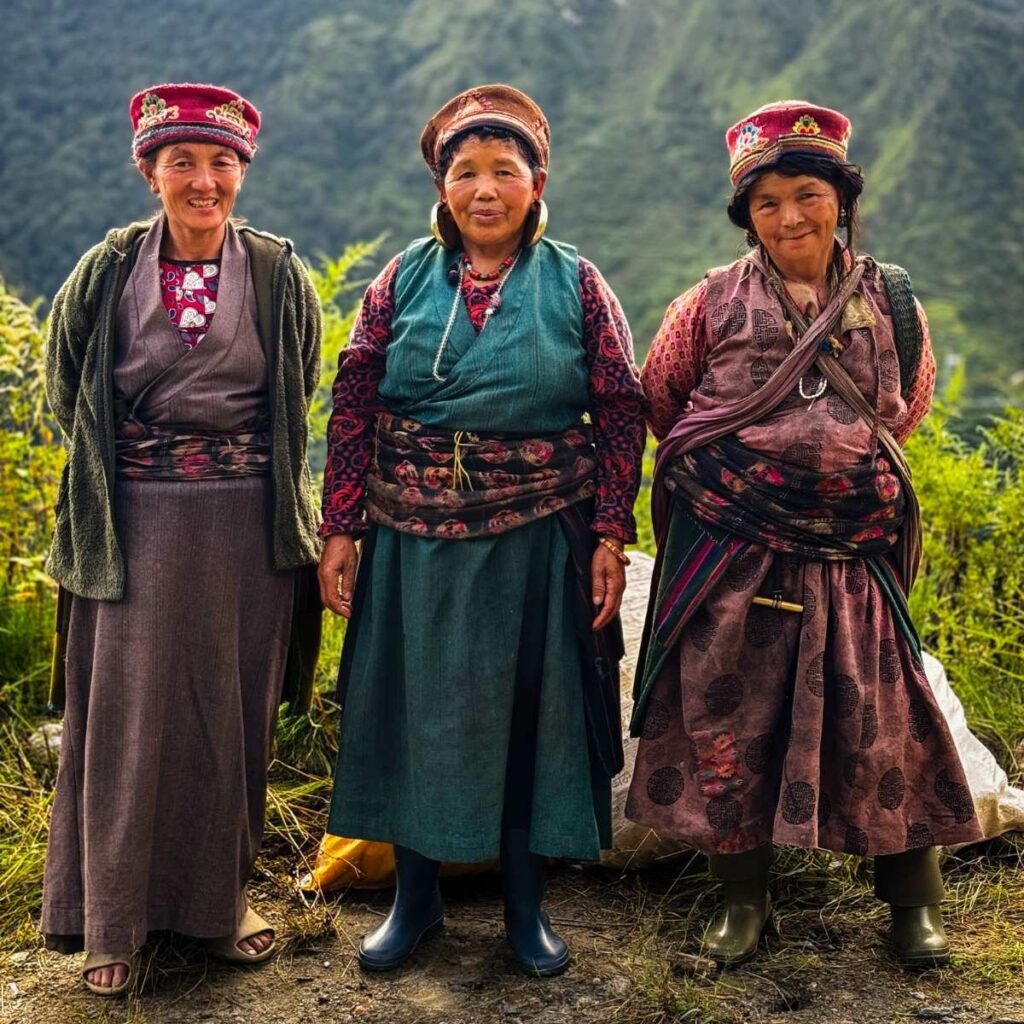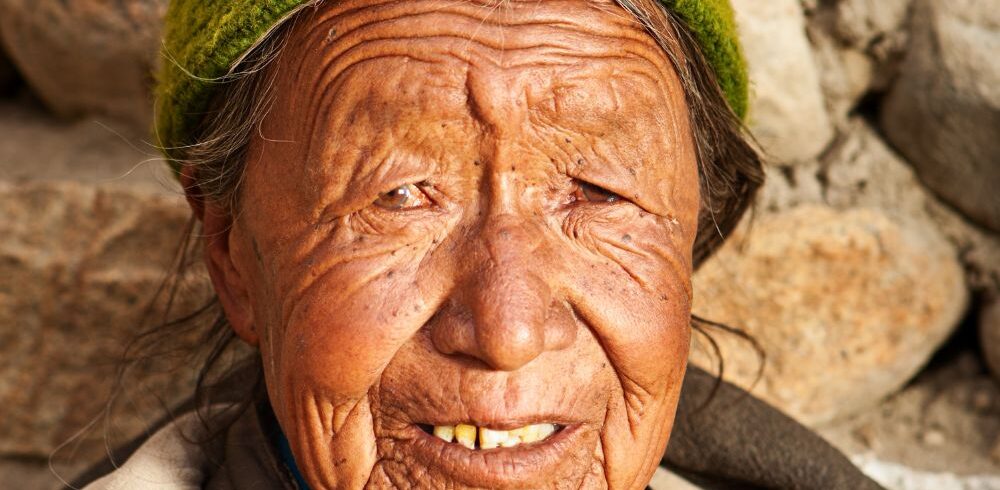
Nepal, home to the world’s highest mountains, is not just a haven for trekkers and climbers; it’s also a tapestry of diverse cultures and traditions. Nestled in the folds of the Himalayas, some of the most remote communities on Earth thrive here, each with its unique languages, customs, and ways of life. In this blog entry, we embark on a journey into these hidden enclaves, where isolation has preserved a rich tapestry of humanity.

The Himalayan Isolation
Nepal’s rugged terrain and challenging geography have long served as a natural barrier, isolating communities in the remote corners of the Himalayas. Villages in these areas are often perched on steep mountain slopes, separated by deep valleys and roaring rivers. The isolation has fostered a remarkable diversity in languages, cultures, and traditions.

A Linguistic Kaleidoscope
Nepal is a linguistic marvel, boasting over 120 languages and dialects. In the remote communities of the Himalayas, this linguistic diversity is particularly pronounced. Each valley, each hill, seems to have its unique tongue. From the melodious tones of Sherpa in the Everest region to the ancient scripts of the Tamangs and Gurungs, the Himalayas echo with linguistic diversity.

Traditions Carved in Isolation
Isolation has allowed these communities to preserve their traditional ways of life. Agriculture, animal husbandry, and handcrafts are the backbone of many remote Himalayan villages. These communities follow age-old practices for farming, weaving, and constructing their homes, often using locally sourced materials.

Spirituality in Solitude
Religion plays a significant role in the lives of these remote communities. Buddhist monasteries, Hindu temples, and animistic shrines dot the landscape, each with its unique rituals and beliefs. The spiritual connection with nature is particularly profound in these regions, where mountains, rivers, and forests are revered as sacred.

The Challenge of Access
Reaching these remote communities can be an arduous task. Trekking trails wind through rugged terrain, often requiring days of walking to reach these hidden villages. Inaccessible by road, many communities rely on footpaths, suspension bridges, and mule trains for transportation.

Preservation and Change
While isolation has preserved many traditions, it’s also true that these communities are not immune to change. Modernization, improved transportation, and exposure to the outside world are gradually influencing their way of life. Younger generations are seeking education and job opportunities beyond the mountains, leading to a shift in demographics.

Exploring the remote communities of Nepal’s Himalayas is like stepping back in time to a world where isolation has shaped culture and tradition. These hidden enclaves are a testament to the resilience of human communities in the face of challenging landscapes. As Nepal opens its doors to the world, these remote regions remain a treasure trove of linguistic diversity, cultural richness, and natural beauty. They offer a glimpse into a vanishing way of life, a reminder of the vast tapestry of humanity that thrives beyond the peaks of the Himalayas.


